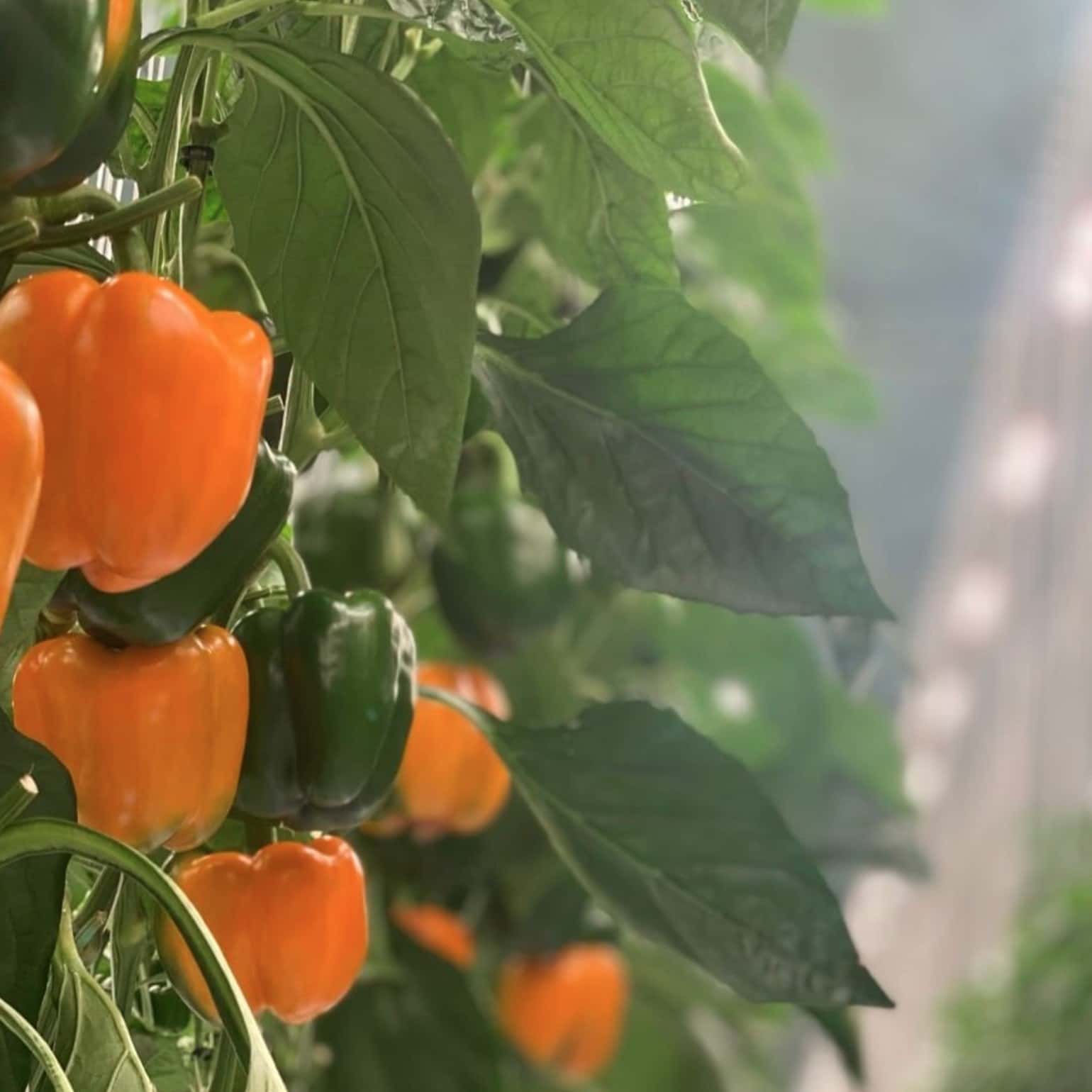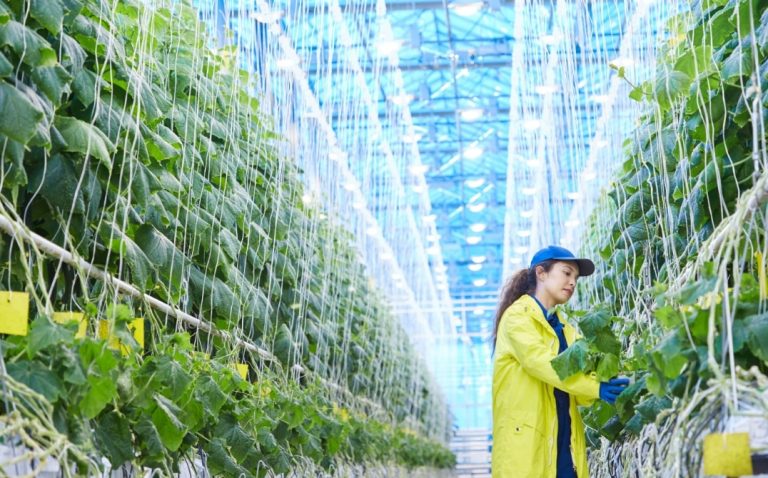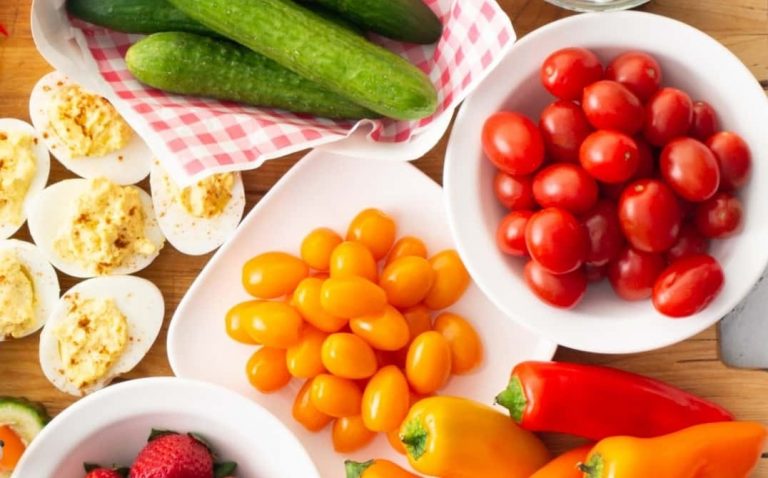Greenhouse grown peppers have emerged as a superior alternative to their field-grown counterparts, offering numerous benefits in terms of quality, nutrition and sustainability. While traditional field-grown peppers have been the standard for decades, advancements in controlled environment agriculture (CEA) have made greenhouse growing a more reliable and sustainable method of cultivation. Whether you’re looking for better taste, enhanced nutrition, or eco-friendly produce, greenhouse peppers outperform field-grown varieties in multiple ways.
Consistency in Quality and Appearance
One of the most noticeable differences between greenhouse and field-grown peppers is their uniformity in size, shape, and color. Greenhouse conditions provide a controlled climate, optimal irrigation, and precise nutrient delivery, ensuring that every pepper is of premium quality.
- Field-Grown Peppers: Due to exposure to unpredictable weather, pests, and soil inconsistencies, field-grown peppers often have irregular shapes, blemishes, and inconsistent textures.
- Greenhouse grown peppers: Since they are cultivated in a regulated environment, these peppers are smoother, more vibrant, and have a firmer texture, making them more visually appealing and easier to store.
Nutritional Superiority: Higher Vitamin and Antioxidant Content
Greenhouse grown peppers are often richer in essential nutrients compared to their field-grown counterparts. The ability to control nutrient delivery, soil quality, and watering cycles ensures that greenhouse peppers reach their full nutritional potential.
- Vitamin C Content: Red and yellow peppers from greenhouses typically contain higher levels of vitamin C due to optimal growing conditions, aiding in immune health and collagen production.
- Beta-Carotene and Lycopene: These antioxidants, essential for eye health, skin protection, and cancer prevention, are more concentrated in greenhouse peppers because of the stable light exposure they receive.
- Pesticide Reduction: Because greenhouse growing minimizes exposure to outdoor pests, the use of pesticides is significantly reduced, resulting in a cleaner, healthier product.
Environmental Impact: Sustainability and Efficiency
Greenhouse growing is far more resource-efficient than traditional field agriculture, making it the better choice for sustainability.
- Water Efficiency: Greenhouse grown peppers use up to 90% less water compared to field-grown crops, thanks to drip irrigation systems and water recycling technologies.
- Land Use Optimization: Greenhouses utilize vertical growing methods, allowing for higher yields on smaller land areas, reducing the need for deforestation or land expansion.
- Lower Carbon Footprint: Since greenhouse peppers can be grown closer to consumer markets, they reduce the need for long-distance transportation, unlike imported field-grown varieties that may be shipped thousands of miles.
Pest and Disease Control: Reduced Chemical Dependency
Field-grown peppers are susceptible to insect infestations, soil-borne diseases, and fungal growth, often requiring heavy pesticide and fungicide use.
- Field-Grown Peppers: Higher risk of contamination from pests, bacteria, and pesticides.
- Greenhouse Grown Peppers: Controlled conditions mean that biological pest control methods (such as beneficial insects) can be used instead of synthetic chemicals, making them a safer and cleaner option for consumers.
Taste and Texture: A Superior Eating Experience
Greenhouse grown peppers are known for their enhanced sweetness, crisp texture, and juiciness, thanks to precise control over watering, light, and nutrients.
- Field-Grown Peppers: Due to exposure to inconsistent rainfall, fluctuating temperatures, and varying soil conditions, their flavor and texture can vary significantly.
- Greenhouse Grown Peppers: Optimal growing conditions ensure that each pepper is sweet, crisp, and evenly ripened, enhancing its natural flavor.
The Future of Growing: Why Greenhouse Peppers Are the Better Choice
With the global food industry shifting towards sustainability, efficiency, and consistency, greenhouse grown peppers are quickly becoming the preferred choice for consumers, retailers, and chefs alike.
- Health-conscious consumers benefit from higher nutritional value and reduced pesticide exposure.
- Environmental advocates support greenhouse growing for its water conservation, land efficiency, and lower carbon footprint.
- Chefs and home cooks appreciate the superior taste, color consistency, and versatility of greenhouse grown peppers.
As demand for high-quality, and sustainable produce continues to rise, greenhouse grown peppers represent the future of modern agriculture—a blend of science, sustainability, and superior nutrition.




